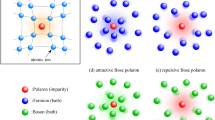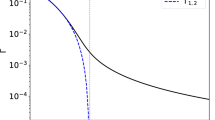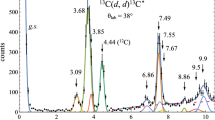Ernesto Corinaldesi has conjectured that the symmetry of integral spin particles under exchange and the anti-symmetry of half-integral spin particles under exchange are not kinematic principles but are rather the time-dependent consequences of interactions among the particles. Hence, a freshly constituted ensemble of electrons may exhibit violations of the Pauli Exclusion Principle (PP), but as the ensemble ages, the violations become more and more infrequent. An experiment is proposed to test Corinaldesi’s conjecture. A beam of Ne+ ions, accelerated in a linear accelerator to 100th the velocity of light, is crossed by a beam of electrons from an electron gun at variable positions along the direction of flow of the ions. Some of the ions capture electrons, at a rate monitored by detectors sensitive to the photons emitted in the capture process. A PP violating electron can make a transition to the doubly occupied 1s level, emitting a photon of approximately 1 keV. A rate of detection of such photons, which diminishes with the distance of the detector from the point of capture, and hence with the age of the ensemble, permits in principle the calculation of the equilibration constant of Corinaldesi’s conjecture. Reasonable assumptions about the parameters of the experimental arrangement indicate that if the conjecture is correct and the equilibration constant is not shorter than 10−15 s, the proposed experiment can determine the value of this constant.
Similar content being viewed by others
References
E. Ramberg and G. A. Snow, “Experimental Limit on a Small Violation of the Pauli principleh,” Phys. Lett. B 228, 438–441.
Corinaldesi E. (1967). “Model of a Dynamical Theory of the Pauli Principle”. Supplemento al Nuovo Cimento Serie I 5, 937–943
Slayter E.M., Slayter H.S. (1992). Light and Electron Microscopy. Cambridge University Press, Cambridge UK
Malin S. (2001). Nature Loves to Hide: Quantum Physics and the Nature of Reality, a Western Perspective. Oxford University Press, New York
Pauli W. “The Connection between Spin and Statistics”. Phys. Rev. 58, 716–722
Author information
Authors and Affiliations
Corresponding author
Rights and permissions
About this article
Cite this article
Shimony, A. Proposed Experiment to Test the Possible Time Dependence of the Onset of the Pauli Exclusion Principle. Quantum Inf Process 5, 277–286 (2006). https://doi.org/10.1007/s11128-006-0018-1
Received:
Accepted:
Published:
Issue Date:
DOI: https://doi.org/10.1007/s11128-006-0018-1




